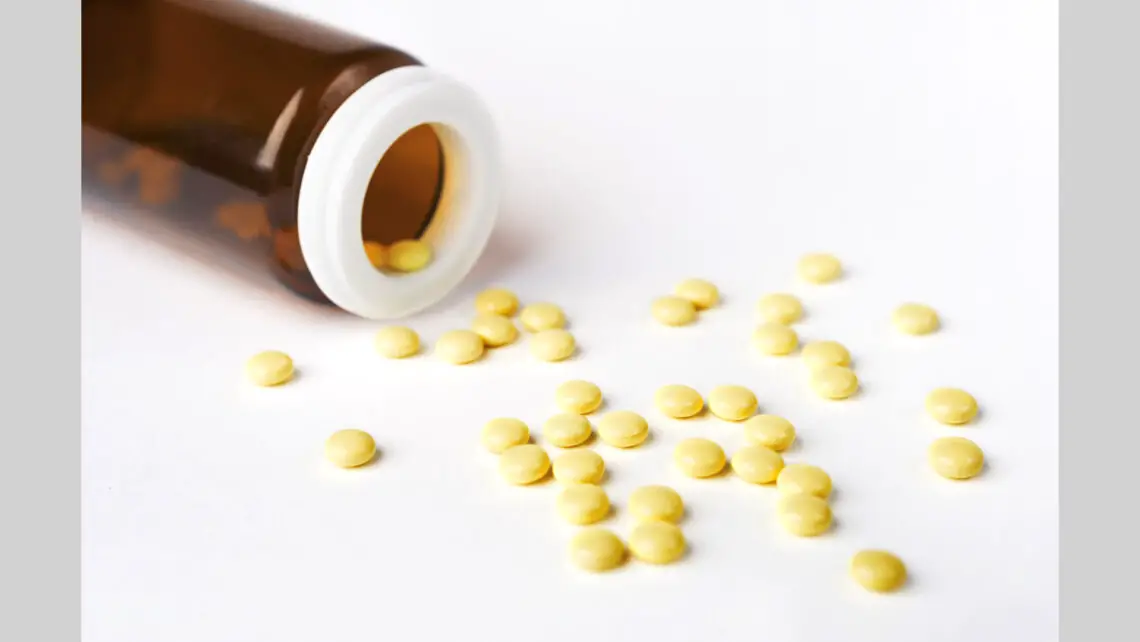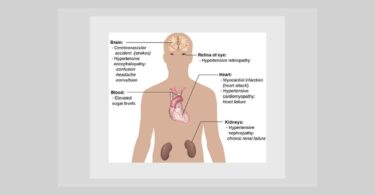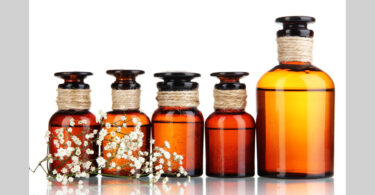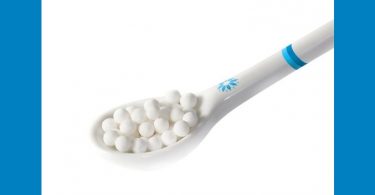Reprinted courtesy Allyson McQuinn from: https://arcanum.ca/
The six genotypes (basic homeopathic personality types) are made up of four mineral remedies, and two plants. The four mineral remedies each appear on the periodic table, and studying them from this perspective sheds further light on the essence of these types. By examining the location of each of the elements on the periodic table, its implicit core theme illuminates another dimension of each of these constitutional types.
The four mineral genotypes are: sulphur, calcarea carbonicum, phosphorous, and silicea. Here are their themes according to their place on the periodic table, and what it illuminates about the constitutional type:
- Sulphur — appearing on the third row of the periodic table, it is a theme related to identity. The specific focus of sulphur is the dichotomy between pride and arrogance. Understanding the sulphur constitution in contrast to the silicea type, we can see that we are looking at the difference between our lower and higher ego functions respectively. There is no type which has a greater sense of their (lower ego) self than sulphur, and when healthy, they are incredibly grounded in the reality of here and now.
- Calcarea Carbonicum — This element appears on the fourth row of the periodic table, which embodies issues of security. This remedy in particular is particularly structured around the issues of risk versus safety. At their best, they can be an incredible foundation to a family or community, and at their worst, they can leave much of their own potential untapped as the high price they pay to attain security, and to avoid any risks.
- Phosphorous — Like sulphur, this is also an element on the third row of the periodic table, centered around issues of identity. The specific issue here is around the strength of their boundaries and sense of self. When healthy, this shows up as a very lively social activity, with much exchange of energy and communication with the people around them, but when unhealthy, you see someone who doesn’t know who they are beyond reflecting the identity of those around them. Attaining a true sense of independence is the struggle for phosphorous.
- Silicea — Also from the third row (identity issues), the core theme here relates to a fundamental performance anxiety. At its worst, this can lead to some of the most intense forms of perfectionism, and an inability to reveal their true thoughts or work in a public space. This can become a form of high rigidity, and ultimately a very weak or brittle immune system. Sulphur’s greatest strength (grounded ego) is silicea’s greatest weakness — they can have a tremendous fear about being ‘seen’ by others, and therefore judged by standards which they feel impossible to meet.
The remaining two genotypes, lycopodium and pulsatilla are plant-based remedies, and are not on the periodic table, and would need to be examined within a context looking at the meaning of different plants.




